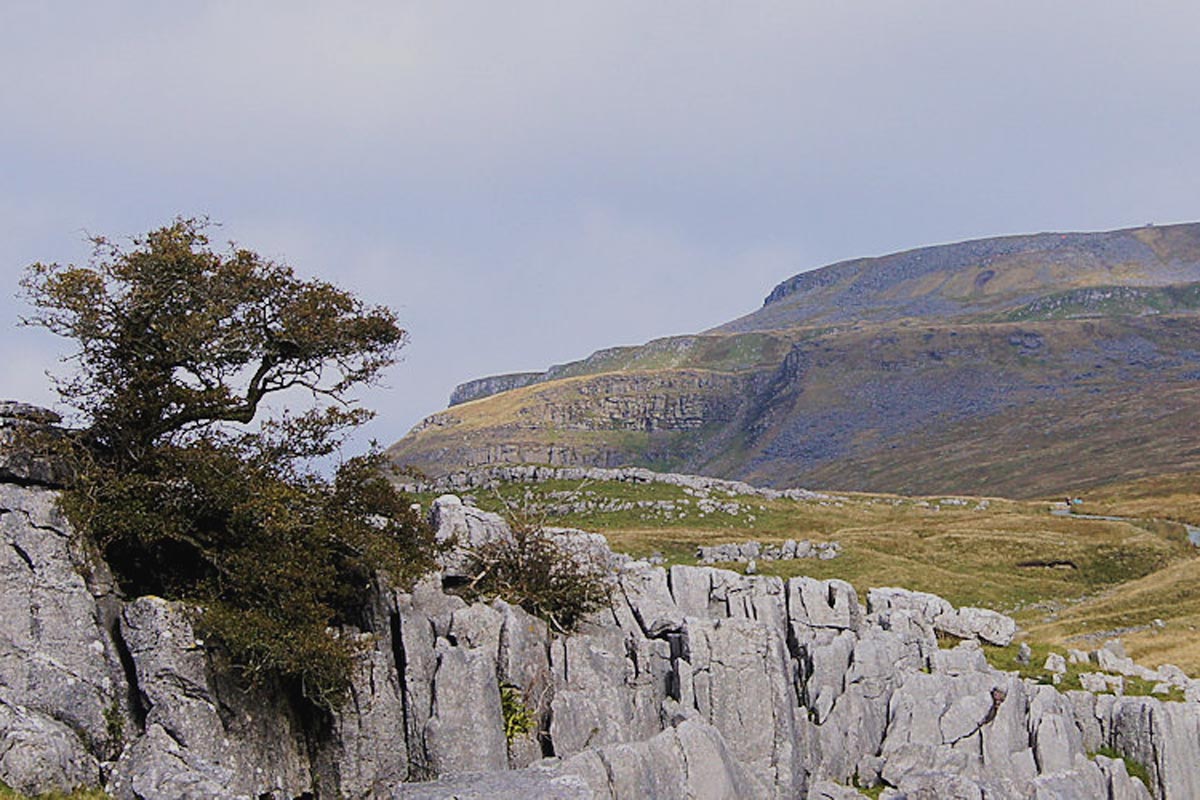A history of greenhouse gas emissions
The Industrial Revolution was borne around the Thames River in London in the 18th Century when inventors built factory machines powered by burning fossil fuels. This lead to a boom in economic growth as cost of production went down, productivity went up and the potential earnings of a pick pocket skyrocketed.
Soon fossil fuel powered industrial technology spread to the rest of Europe, the US and other Developed Nations. And since, these countries have powered factories, homes and transport by burning fossil fuels. As a result the wealth and standard of living in these countries has hugely improved.
While Developed Nations (EU, US, Japan, Canada + some) have been burning fossil fuels for a long time, Developing Nations (China, India, Brazil, Russia + some) have only recently got in on the act. With other economies, like Africa, still reading the memo.
As a result Developed Nations have contributed most to anthropologic greenhouse gases (GHGs) in today’s atmosphere. Developing Nation’s fast growing economies are striving for a similar standard of living and now coughing out huge GHGs. At the bottom are poorly industrialised nations with very little wealth and only aspirations of western indulgences.
China’s growth has been so rapid it’s now the biggest GHG polluting economy. However, each person in the US still contributes GHGs about 2.5 times as much as someone in China does, with China still way off US living standards. India, another populous nation and fast growing economy, historically has contributed little to atmospheric GHGs and now seeks to improve the living standards of her people through fossil fuel powered Industrialisation.

Governments and fossil fuels
If a country happens to sit on fossil fuels reserves their government makes a lot of money. The UK owns oil and gas fields in the North Sea. Selling licenses to companies to extract the UKs fossil fuel generates 1% of the total UK Government income.
Including fuel duty, the tax motorists pay on petrol, the total amount the UK government receives from fossil fuels is a whopping 7% of their annual income. That’s about £33billion a year! By comparison, taxes and licenses from renewable power generate nothing.
The UK energy market is run by private firms, the Government has no direct control over the means of energy production. The UK Government can only incentivise companies to generate power with low carbon technologies through subsidies and regulation.
Other nations like Norway and France have their large parts of their energy industry in public ownership giving these government much more control how they power their countries.
The history of climate agreements
United Nations Framework for Convention on Climate Change (UNFCCC) was set up in 1992. It’s a framework all nations over the world have signed up to, to meet annually and agree how to reduce anthropologic greenhouse gas emissions. The first meeting was in Berlin, Germany in 1995.
The framework sets out three important structures. Firstly, each year since 1990, nations are to submit their annual greenhouse emissions. Secondly, the UNFCCC recognises that nations are at different stages of economic development, some with more wealth and resources to find energy and climate change solutions than others. Lastly, there is an administrative team to manage the UNFCCC processes.
Alongside the UNFCCC, a panel of scientists provide data and analysis on the changing climate to governments, called the Intergovernmental Panel on Climate Change (IPCC).
The first major breakthrough came at the third annual meeting in Kyoto, Japan in 1997 where Developed Nations agreed to reduce their emissions by 5% during the years 2008-2012. Bill Clinton, the US president at the time committed the US to the cuts but when George W. Bush took over presidency the following year he pulled the US out.
This was a major blow as the US at the time was the largest emitter of GHG. All the other signatory nations reduced their emissions under the agreement, known as the Kyoto Protocol.
The Kyoto Protocol sets up an ongoing structure for nations to sign up to legally binding emission cuts. If a nation fails to meet their target, they pay a penalty. At the 2012 meeting Canada withdrew from the second period 2012-2020 under the Kyoto Protocol because they did like the financial penalty. Japan also pulled out as they felt meeting targets would make Japan uncompetitive with other Asian nations. Things were not looking rosy for global co-operation to tackle climate change.
The commitments made by countries don't add up to to enough to prevent a 2C temperature rise
The EU however committed to 20% emission reductions. Each EU member nation has a different target based on their energy mix and ability to reduce emissions, to hit an EU average of 20%. Norway, largely powered by carbon free Hydro Electricity has a target of 66% while the UK will reduce its emissions by 15%.
Currently most cuts come from changing methods of energy production, moving from coal powered power stations to renewable power or the less polluting gas power. Agriculture, Transport and Heavy Industry are sectors that contribute significantly to GHGs emissions yet to the addressed.
The main objective of the UNFCCC is to agree legally binding emission cuts. Currently the biggest emitting economies China and US have no legally binding emission targets. Whilst many important nations have no binding cuts, there’s been other significant developments.
At COP6 in 2001, ‘Flexibility Mechanisms’ were added to the Kyoto Protocol. The Flexibility Mechanisms included three programs to help Developed Nations meet their emissions targets more cost effectively through emissions trading or investing in low carbon projects.
In 2010 at Cancun Mexico, all nations agreed to keep emissions below a level that could causes a 2°C increase in temperature. Whilst only agreeing the dangers of going beyond a 2°C increase and not binding emissions reductions, it’s an important milestone.
Before talks nations submit their national plans and commitments. At the 2011 meeting, nations agreed to find “a protocol, another legal instrument or an agreed outcome with legal force under Convention applicable to all Parties” by 2015. This year’s meeting is in Paris in December.
So far there have been some commitments from major nations. India have committed to 33% reduction in emissions by 2030, Brazil 37% emissions by 2025, USA 26% by 2025, all from 2005 emission levels. China has targeted for their emissions to peak in 2030, meaning they’ll continue to increase GHG emission until then. China however are currently investing heavily in Nuclear and other renewable technical now.
Dr Charlie Wilson from the department of Energy & Climate Change at the University of East Anglia told online blog wearesalt.org “The commitments being made by countries do not add up nearly to enough emissions reductions to limit warming to 2°C. It’s on the right track, in the sense that any action is better than no action, but it’s woefully short of what’s needed.”
Cloud Image from https://en.wikipedia.org/wiki/Atmospheric_optics




